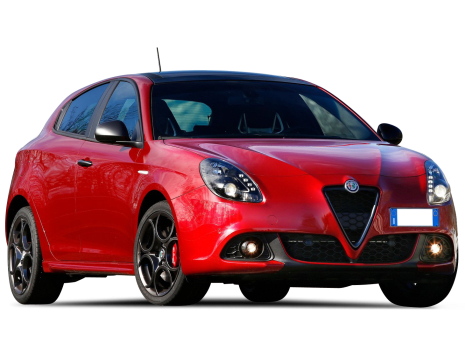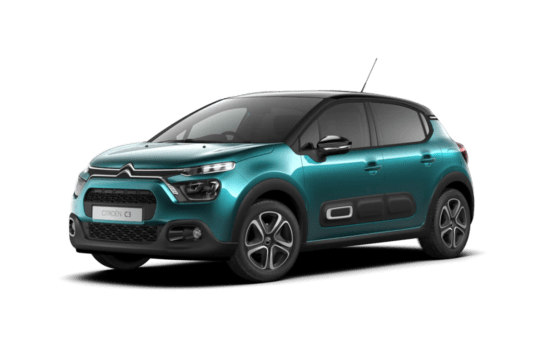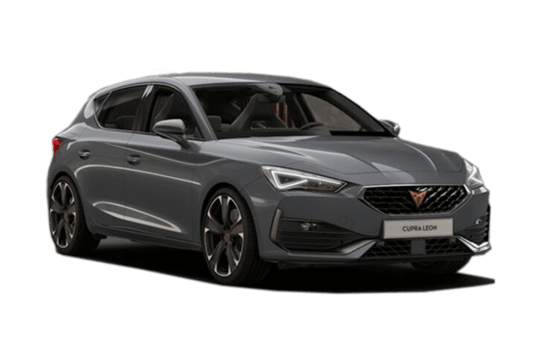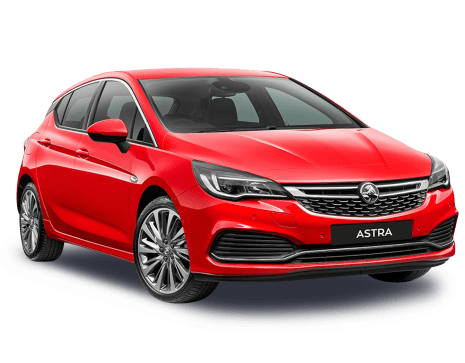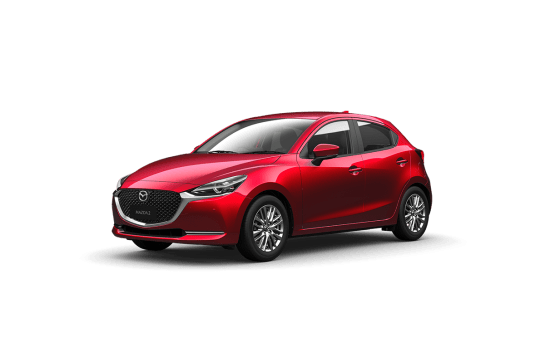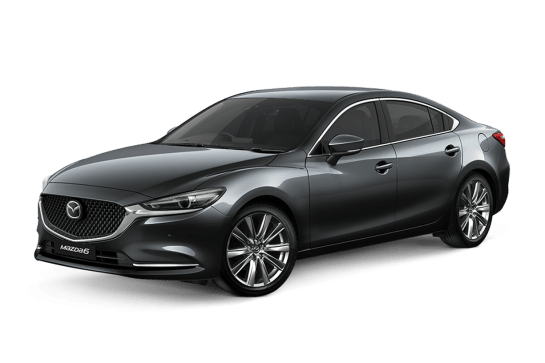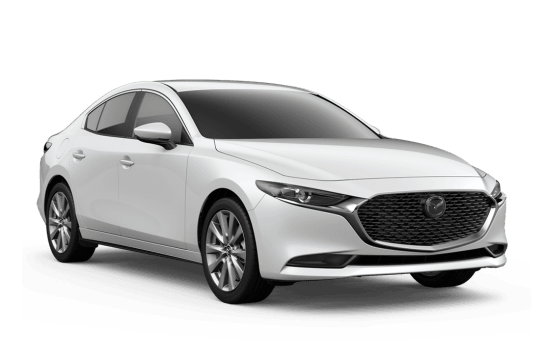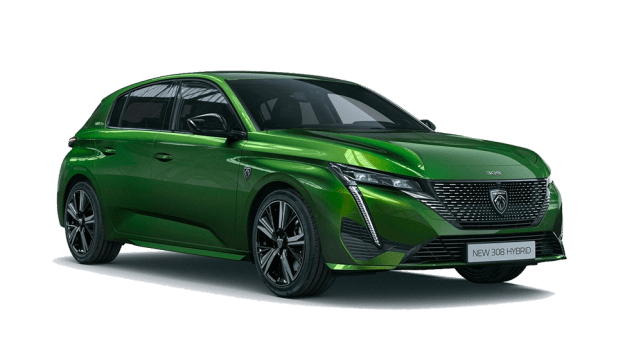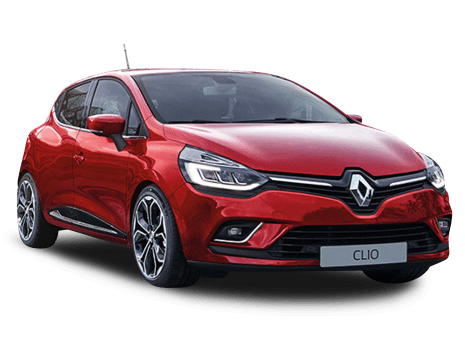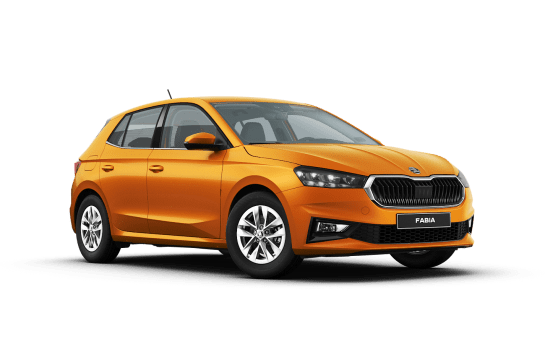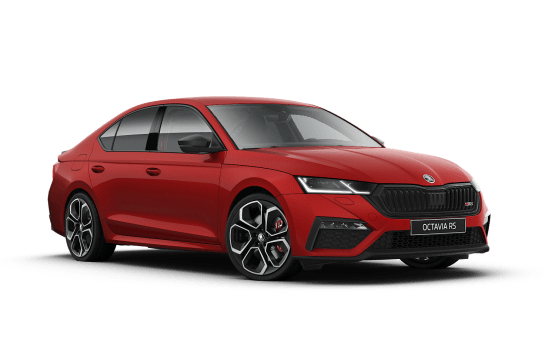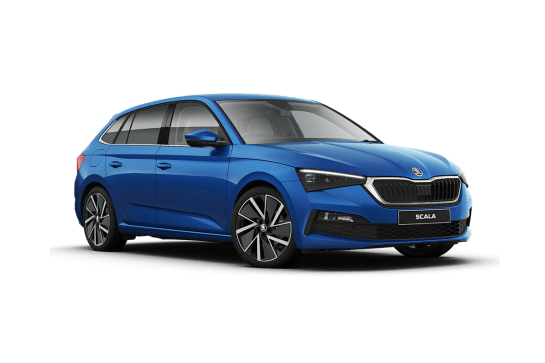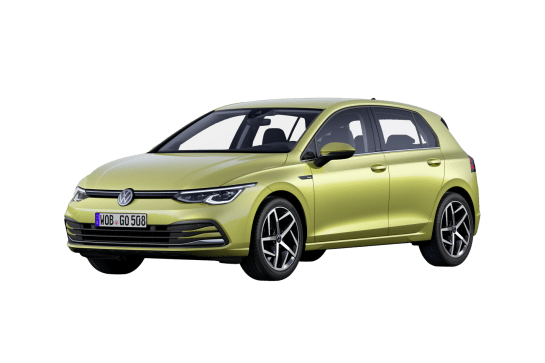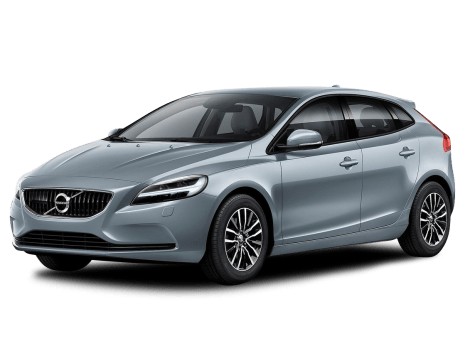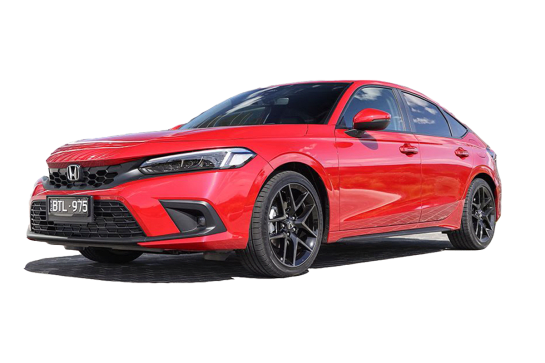
Honda Civic VS Mercedes-Benz A-Class
Honda Civic
Likes
- Great interior
- Lovely chassis
- Excellent engine
Dislikes
- Missing some safety gear
- Tight access to boot space
- Old media software
Mercedes-Benz A-Class
Likes
- Ride comfort
- Safety
- Quality
Dislikes
- So-so warranty
- Okay only rear headroom
- Tight rear door apertures
Summary
Honda Civic
The Honda Civic's 10th generation is drawing to an end. Well, I say that, but there's still a pretty solid chance that the 11th generation won't quite be here this time next year.
I make the point because we've already seen a "prototype" for series 11 of the Honda Civic Story, but also because we won't actually get the car we've seen – the sedan. Just 20 per cent of Civic sales go to the booted version and then you have to merge that data with the rise of SUVs, both with Honda buyers and the market at large.
Things is, I think the sedan is the better of two for a variety of reasons which I will explain below. I also think the Civic, despite its advancing "age" (four years isn't really that long in the current climate) is still a fairly sensible choice among its peers, which include some serious competition.
| Safety rating | |
|---|---|
| Engine Type | 1.5L turbo |
| Fuel Type | Regular Unleaded Petrol |
| Fuel Efficiency | 6L/100km |
| Seating | 5 seats |
Mercedes-Benz A-Class
Meet the world’s most aerodynamically efficient passenger car. Mercedes-Benz says the drag co-efficient for this new sedan version of its fourth-generation A-Class is the lowest ever measured for a passenger vehicle.
Which is quite a claim, but you only have to look at it to see how much work has gone into marrying good looks with slippery aero performance.
The A-Class sedan is substantially longer and fractionally taller than its hatchback sibling, but does that mean it’s better, or simply different?
| Safety rating | |
|---|---|
| Engine Type | 1.3L turbo |
| Fuel Type | Regular Unleaded Petrol |
| Fuel Efficiency | 5.7L/100km |
| Seating | 5 seats |
Verdict
Honda Civic7.3/10
As a car to drive, the Honda Civic feels great. It had a good start, but the later addition of the turbo 1.5 and the continuous honing of the chassis, steering and driveline – an endearing, unheralded trait that Mazda and Honda do so well – has taken what was a solid car and turned it into one I'd genuinely consider owning, even in this wild orange colour.
What it doesn't have is a full suite of safety systems, which is a real shame, because its main rivals do. Some of us are happy to forego things such as reverse cross-traffic alert and some are not. If you can, the Civic sedan should be in the reckoning. And the clock is ticking.
Mercedes-Benz A-Class8.1/10
Mercedes-Benz knows its way around a sedan, and this A-Class is a well-equipped, comfortable and efficient city-sized four-door.
But more than that, to my eyes anyway, it’s a perfect example of restrained form matching aero function with beautiful results.
Would your preference be an A-Class with a hatch or a boot? Tell us what you think in the comments section below.
Note: CarsGuide attended this event as a guest of the manufacturer, with travel and meals provided.
Design
Honda Civic
Making fun of the Civic's over-supply of angles and lines is really very easy, so for once I'll refrain. Partly because the sedan is better than the hatch in this respect and also because – somehow – I have become quite fond of its wacky face. The sedan's profile is also more flowing and, with all the RS piano black and extra aggro (which ironically means yet more lines and angles), it sat much more happily in my camera lens than before. I wonder if the Civic's controversial looks have aged well in the same way Chris Bangle BMWs have? Because we're all suddenly pretty fond of those now, aren't we?
My changed opinion is bound to infuriate Honda's designers who have cleaned up the Civic for its next version. At this point I should mention that the sedan is on its last legs here in Australia – we won't be getting the next one.
The interior is as good-looking as it is practical. I still don't like the angles of the gauges in the left and right sections of the dash, but the central digital dash section is really good and easy on the eye. The RS picks up some subtle features like the strip of chequered flag fabric on the seats. It's a nice, clean look and I like the use of metallic materials on the climate controls and the stereo. It's a very calm interior, quite a contrast to the exterior.
Mercedes-Benz A-Class9/10
A global carmaker can’t hold its head up in public without a formal design strategy, and Mercedes-Benz uses ‘Sensual Purity’ as a guiding principle in developing the look and feel of its current models. It may sound airy-fairy, but I for one reckon it’s accurate in describing the A-Class sedan.
The overall form is flowing and minimalist, the major exception being a hard character line running down the side of the car from the trailing edge of the angular LED headlights and along the top of the doors to link with the tail-lights.
A rear-biased glasshouse emphasises the length of the bonnet, at the same time delivering a broad, muscular stance with short overhangs front and rear.
Ultra-fine panel gaps, careful sealing around the headlights and curved strakes either side of the bonnet keep the look clean and simple, not to mention super-slippery.
The interior has been styled to within an inch of its life, the dash dominated by the slick twin 10.25-inch widescreen ‘MBUX’ display covering instruments, ventilation, media and vehicle settings.
Five signature, turbine-style air vents (three in the centre, and one at each edge) lift the dash’s visual interest, and the quality of fit and finish is top-shelf.
Practicality
Honda Civic
The Civic's cabin is swimming in space and and filled with comfortable seats and lots of storage.
The back seat is super-spacious as it has been forever. Having driven the i30 Sedan last week, I'm having difficulty splitting the two for legroom and lounging space. Where the Civic loses out – and it's close – is in rear headroom.
There are four cupholders and bottle holders and a massive central bin between the front seats, big enough to conceal the massive new PlayStation 5 (okay, maybe not that big, but it it certainly looks big enough).
The boot holds a gigantic-for-a-small sedan 519 litres with the seats in place. Honda doesn't supply a total figure with the seats down, but it will be a lot. The opening for the bootlid is a little tight, so don't get too excited at Ikea.
Mercedes-Benz A-Class8/10
At a bit over 4.5m long, a fraction under 1.8m wide, and close to 1.5m tall the A-Class sedan is 130mm longer and 6.0mm higher than the hatch version.
The A-Class sedan driver is presented with the same sleek widescreen display as found in the hatch, and storage runs to two cupholders in the centre console, a lidded bin/armrest between the seats (including twin USB ports), decent door pockets with room for bottles and a medium-size glove box.
In a swap to the rear, sitting behind the driver’s seat set to my (183cm) position, I enjoyed adequate knee and headroom, although stretching up a to a straight-back position led to a scalp to headlining interface.
In the A 200 a centre fold-down armrest incorporates two cupholders, again there are generous pockets in the doors with room for bottles, and adjustable ventilation outlets are set into the back of the front centre console. Always a plus.
There are three belted positions across the rear, but the adults using them for anything other than short journeys will have to be good friends and flexible. Best for two grown-ups, and three kids will be fine.
One snag is the size of the rear door aperture. Okay for taller people on the way in, but a limb-unfolding gymnastic exercise on exit.
But of course the reason we’re all here is the boot, and the sedan’s extra length translates to an additional 60 litres of luggage space for a total cargo volume of 430 litres (VDA).
Extra space is one thing, but usability is another. The benefit of a hatch is a large opening that allows bulky stuff to find a home, and Merc has pushed the sedan’s boot aperture to just under a metre across and there’s half a metre between the base of the rear window and the lower edge of the boot lid.
That’s made a big difference and access is good, with the rear seats folding 40/20/40 to add extra flexibility and volume. There are also tie-down hooks at each corner of the floor (a luggage net is included) and a netted pocket behind the passenger side wheel tub (with 12-volt outlet).
At the time of writing Mercedes-Benz wasn’t quoting towing specifications, and don’t bother looking for a spare wheel, the tyres are run-flats.
Price and features
Honda Civic
The Civic RS price has slowly crept north, along with the prices of its mostly Korean rivals, now at $34,090. It's a fair bit more than the Ford Focus ST-Line, but you can't get a sedan version of that and infuriatingly neither can you get the wagon.
The RS has 18-inch alloys, a 10-speaker stereo, faux leather seats (nothing wrong with that), auto LED headlights and DRLs, dual-zone climate control, reversing camera, front and rear parking sensors, keyless entry and start, electric driver's seat, auto headlights and wipers and a space-saver spare.
The 7.0-inch matte-finished touchscreen runs Honda's homage-to-the-80s software package that is bolstered by the presence of Apple CarPlay and Android Auto. It also has DAB, which is a nice touch, but it is missing built-in sat nav, which most of its rivals have.
Mercedes-Benz A-Class8/10
The A-Class sedan is launching with two variants, the A 200 at $49,400, before on-road costs, and an entry-level A 180, arriving in August 2019 at $44,900.
We’ll cover active and passive safety tech in the safety section, but above and beyond that standard equipment for the A 180 runs to 17-inch alloy wheels, ‘Artico’ faux leather upholstery, the ‘MBUX’ widescreen cockpit display (two 10.25-inch digital screens), auto LED headlights and DRLs, keyless entry and start, auto-dimming rearview mirror, climate-control, sat nav, multi-function sports steering wheel, cruise control, rain-sensing wipers, ‘Active Parking Assist’ (with ultrasonic proximity sensors front and rear), tinted glass, plus nine-speaker, 225W audio with digital radio, as well as Apple CarPlay and Android Auto.
The A200 steps up to 18-inch alloy rims, and adds a dual exhaust system, four-way electrical adjustment for the driver’s seat (with lumbar support), a folding rear armrest (with twin cupholders), adaptive high-beam assist, and a wireless device charging bay.
Under the bonnet
Honda Civic
The 1.5-litre four-cylinder has a light pressure turbo bolted in to produce 127kW at 5500rpm and 220Nm between 1700-5500rpm. Those numbers are 23kW and 46Nm up on the 1.8-litre, which goes without the turbo.
You can let the continuously variable transmission (CVT) look after the turning of the front wheels or if you're feeling sporty – not an unreasonable expectation if you've picked the RS – you can use the paddle shifters which tell the computer to put some fake gears into the box for you to shift up and down.
Mercedes-Benz A-Class7/10
Both models are powered by the same 1.3-litre (M282) direct-injection four-cylinder turbo-petrol engine as the hatch, the A180 tuned to deliver 100kW (at 5500rpm) and 200Nm (at 1460rpm), with the A 200 bumping that up to 120kW (at 5500rpm) and 250Nm (at 1620rpm).
Drive goes to the front wheels only via a seven-speed dual-clutch automatic transmission.
Efficiency
Honda Civic
Honda's official testing suggets a combined cycle figure of 6.3L/100km which is lower than the 1.8-litre, a nice bonus when you have all that extra power to play with. My week with the Civic was mostly suburb-bound and I scored a respectable (indicated) 8.2L/100km.
Mercedes-Benz A-Class8/10
Claimed fuel economy for the combined (ADR 81/02 - urban, extra-urban) cycle is 5.7L/100km for both models, with a CO2 emissions figure of 130g/km.
Over roughly 250km of open highway driving on the launch program the A 200’s on-board computer coughed up a figure of 6.3L/100km. So, the real-world highway cycle figure is higher than the claimed combined number. Which is a miss, but not a massive one, and fuel-efficiency is still pretty impressive.
Minimum fuel requirement is 95 RON premium unleaded, and you’ll need 43 litres of it (plus a 5.0-litre reserve) to fill the tank.
Driving
Honda Civic
This iteration of the Civic has been with us for a while now. I wasn't absolutely sure about it when I first drove it – that was partly down to the less-than-stellar 1.8 and an at-times doughy CVT.
Over the years I've been very lucky to drop my posterior into two, three or even four Civics per year. During that time I have noted some subtle changes, such as the CVT's more attentive nature and the progressive improvement of the ride on particularly bumpy surfaces, such as Sydney's concreted arterial roads.
The RS itself is no different mechanically to the other 1.5-litre turbo-engined cars in the range (it's an entire engine's worth of power short of the madcap Type R) but over the years, that has meant good things. I've always liked the low-set driving position, it's lower than many hot hatches. You sit in and down in the Civic and it feels quite sporty.
Turn the wheel and it's all very positive, with a very pleasant ride and handling balance. The CVT is still a CVT but, especially in the turbo, it has more grab off the line and doesn't indulge in flaring as you'd find in a Subaru, turbo or not. It's actually fun to drive, especially if you draft in the paddles to do some work.
But it's also a car you need never provoke to enjoy driving. The comfortable ride and secure handling make it the kind of car anyone can like. The steering wheel is just right, the controls all feel really nice to use and touch. There's nothing particularly flashy about the Civic apart from its looks, but it's such a comfortable car with a super-solid feel to its engineering.
The main advantage of the turbo engine is that it doesn't have to work as hard as the 1.8 to keep the Civic moving. The extra torque is always there and makes it a much more relaxed car around town than the 1.8-powered Civics, while giving you the extra grunt to push out into traffic, or pull off a tricky overtake.
Mercedes-Benz A-Class8/10
Three things stand out on first meeting with the A-Class sedan – ride comfort, steering feel, and road noise, or rather the lack of it.
The ‘biggest’ compliment you can pay a small car is that it rides like a bigger one, and behind the A 200’s wheel you’d swear the wheelbase was appreciably longer than the 2.7 metres it actually measures.
Over long undulations, even higher frequency bumps and ruts, the A-Class remains stable and composed thanks to a thoroughly sorted (strut front, torsion beam rear) suspension, with beautifully progressive damping a particular highlight.
Electromechanically-assisted steering points accurately and delivers good road feel without any undue vibration. And despite the A-Class launch drive loop covering typically coarse-chip bitumen roads through rural Victoria, overall noise levels remained impressively low.
Acceleration is brisk rather than properly sharp, but in the A 200 there’s more than enough oomph to keep things on the boil for easy highway cruising and overtaking.
With maximum torque available from just above 1600rpm, and a seven-speed dual-clutch auto transmission keeping revs in the sweet spot, the A 200 breezes through the cut and thrust of city traffic, too.
Auto shifts are smooth and quick, with manual changes via the wheel-mounted paddles adding even more direct access to your ratio of choice. And the bonus is no sign of the slow-speed shuntiness sometimes exhibited by dual-clutch autos, especially in twisting, three-point parking manoeuvres.
Special call-out for the cruise control which responds to adjustments quickly (including 10km/h jumps up or down with a firm press of the thumb) and rapidly retards downhill speeds.
Several unbroken hours in the front seat couldn’t generate a twinge of discomfort, the brakes are strong, and over-shoulder visibility is marginally better than in the hatch (not that it’s a weakness in the latter).
Add the sleek and intuitive multimedia system, high-quality audio, plus excellent ergonomics and you have a neatly resolved compact sedan that’s easy to use in the city and suburbs, keeping solid road-tripping ability up its sleeve as well.
Safety
Honda Civic
All Civics come with six airbags, ABS, stability and traction controls.
The Honda Sense package adds forward collision warning, forward AEB (high and low speed), lane departure warning and lane keep assist.
One of my favourite Honda quirks is LaneWatch. Flick the indicator for a left-hand turn and the media screen displays the output of a camera pointed down the left-hand side of the car. It's still too bright at night, but you can disable it or tap the button on the end of the indicator stalk to cancel it.
You also get two ISOFIX anchors and three top-tether points.
The Civic sedan was last assessed by ANCAP in April 2017 and scored five stars.
Mercedes-Benz A-Class10/10
Think automotive safety and Mercedes-Benz will be one of the first names to pop into your mind, and the A 180 offers in impressive suite of active features including ABS, BA, EBD, stability and traction controls, a reversing camera (with dynamic guidelines), ‘Active Brake Assist’ (Merc-speak for AEB), ‘Adaptive Brake’, ‘Attention Assist’, ‘Blind Spot Assist’, ‘Cross-wind Assist’, ‘Lane Keep Assist’, a tyre pressure warning system, the ‘Pre-Safe’ accident anticipatory system, and ‘Traffic Sign Assist’. The A 200 adds ‘Adaptive Highbeam Assist’.
If all that fails to prevent an impact you’ll be protected by nine airbags (front, pelvis and window for driver and front passenger, side airbags for rear seat occupants and a driver’s knee bag), and the ‘Active Bonnet’ automatically tilts to minimise pedestrian injuries.
The A-Class was awarded a maximum five ANCAP stars in 2018, and for smaller occupants there are three child restraint/baby capsule top tether points across the back seat, with ISOFIX anchors on the two outer positions.
Ownership
Honda Civic
Hondas ship with a five-year/unlimited kilometre warranty, which is competitive as more and more manufacturers consider this a minimum.
The "Tailored Servicing" program caps nine of the first 10 services at $281, with just one service jumping to $310. That's reasonable value for a turbo engine, except servicing is every 12 months or 10,000km. That means more than one trip per year to the dealer if you drive more than 10,000km per year.
Mercedes-Benz A-Class7/10
Mercedes-Benz covers its passenger car range with a three year/unlimited km warranty, like the other two members of the German ‘Big Three’ (Audi and BMW) .
That lags behind the mainstream market where the majority of players are now at five years/unlimited km, with some at seven years.
On the upside, Mercedes-Benz Road Care assistance is included in the deal for three years.
Service is scheduled for 12 months/25,000km (whichever comes first) with pricing available on an ‘Up-front’ or ‘Pay-as-you-go’ basis.
Pre-payment delivers a $500 saving with the first three A-Class services set at a total of $2050, compared to $2550 PAYG. Fourth and fifth services are also available for pre-purchase.



